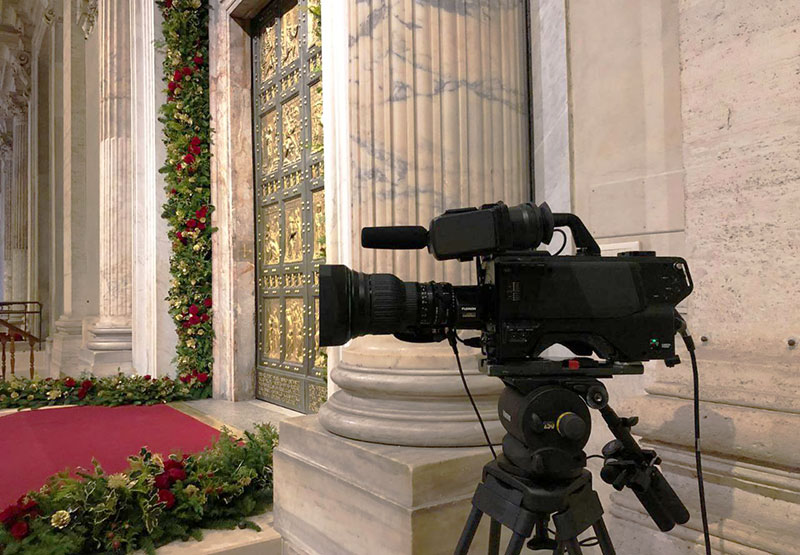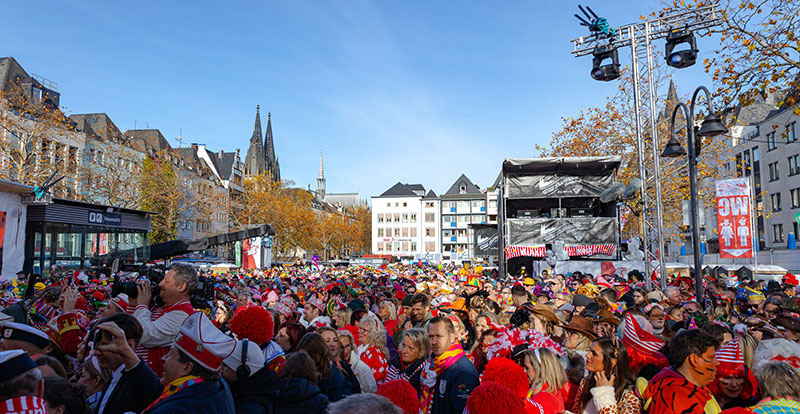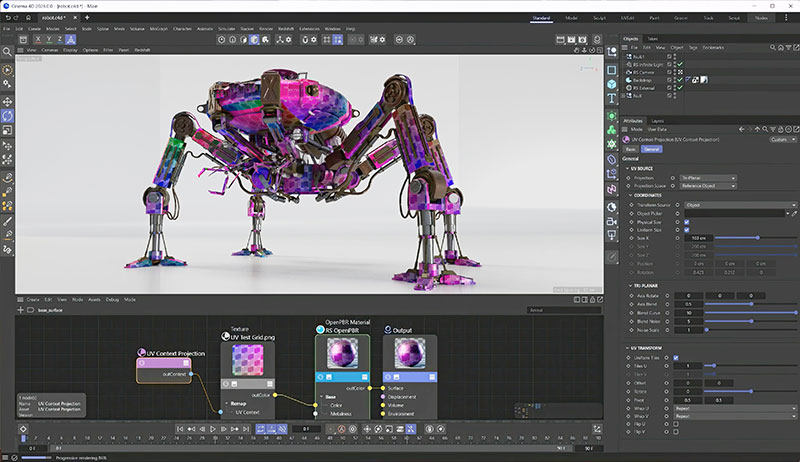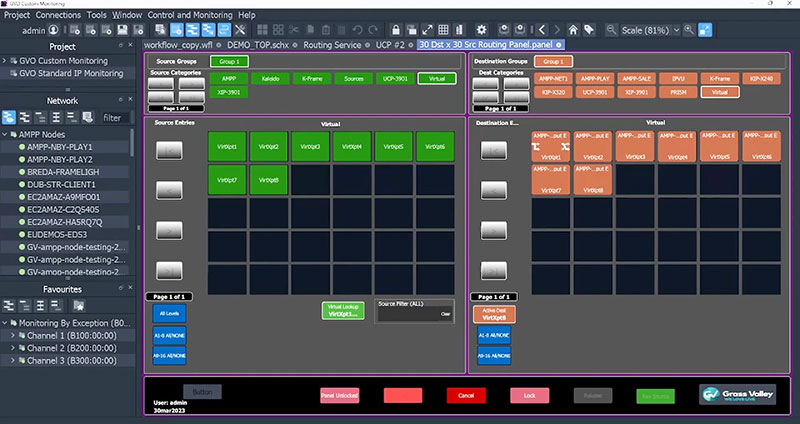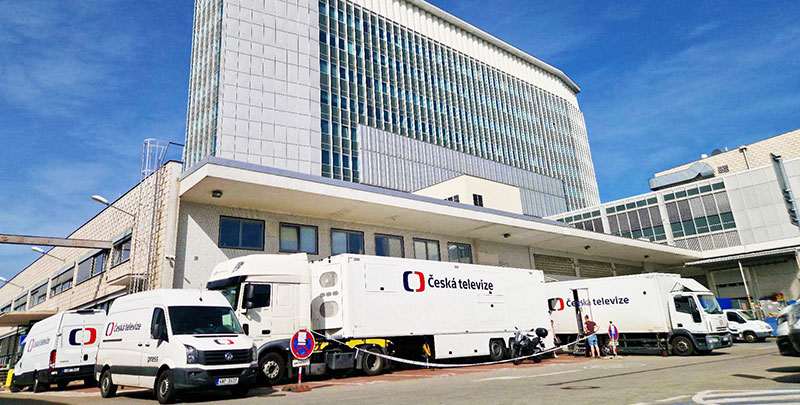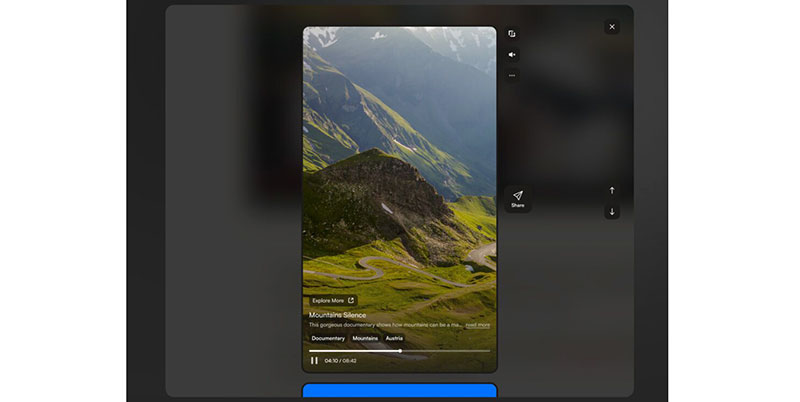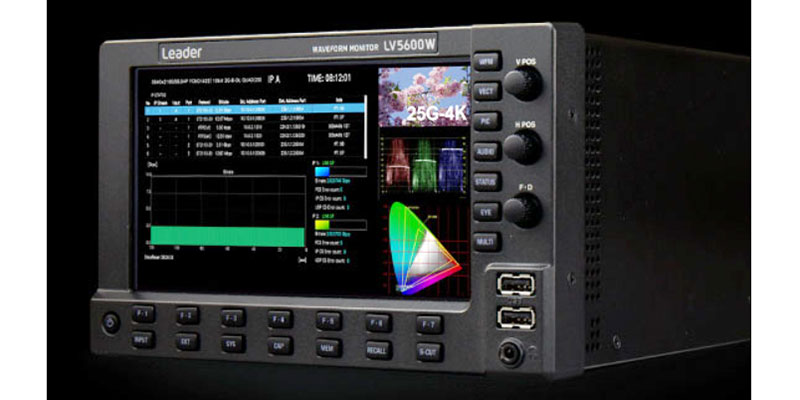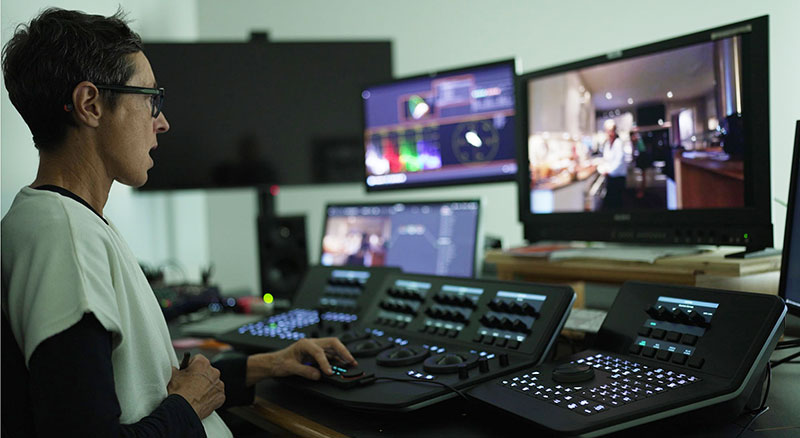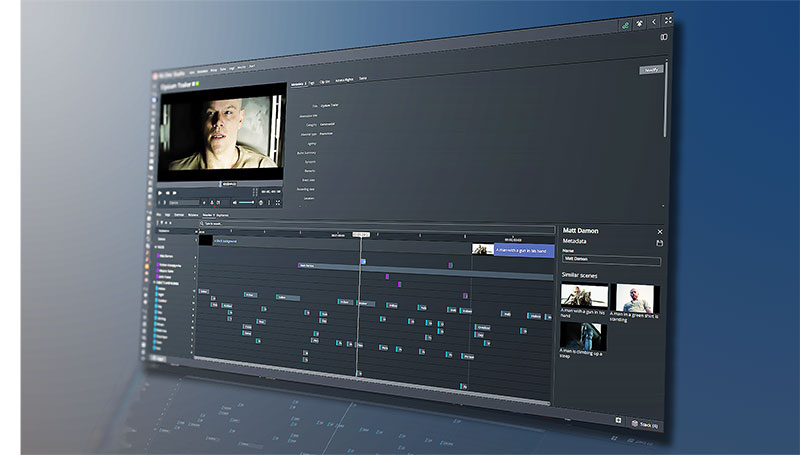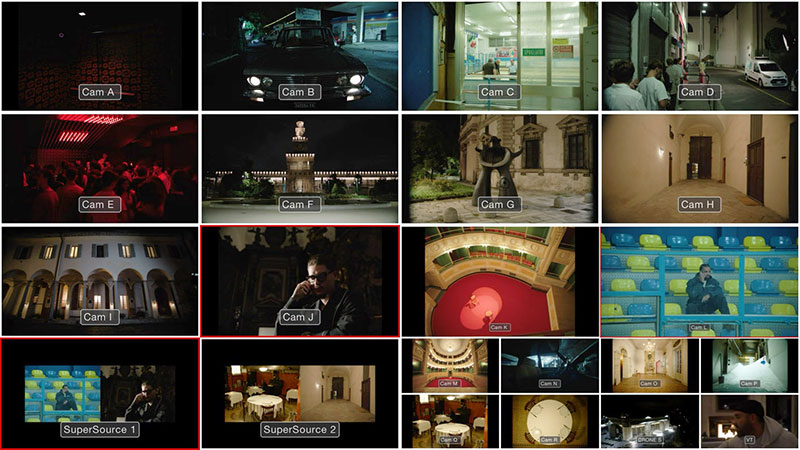Cinnafilm’s new IPx LIVE and Tachyon LIVE software performs broadcast-grade, real-time IP video transcoding and motion-compensated standards conversion for live sports and events.
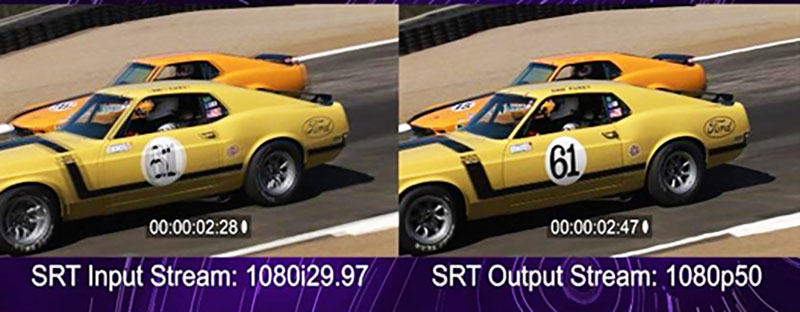
Cinnafilm’s new IPx LIVE and Tachyon LIVE software performs broadcast-grade, real-time IP video transcoding and motion-compensated standards conversion for live sports and major event production.
The IPx LIVE transcode engine supports SMPTE 2110, SRT, NDI and TR-07/08 to serve the live IP video market that is now growing rapidly. Integrated with Cinnafilm’s Tachyon technology, it keeps artifacts to a minimum while carrying out frame-rate and format conversion - even when moving between 60fps and 50fps for fast-moving sports.
Entirely software-defined and infrastructure-agnostic, the operations can run on-premises, in the cloud or in hybrid environments, with NVIDIA GPU acceleration. Broadcasters are no longer reliant on limited, ageing hardware, and have greater scope to reduce costs and scale instantly from any location.
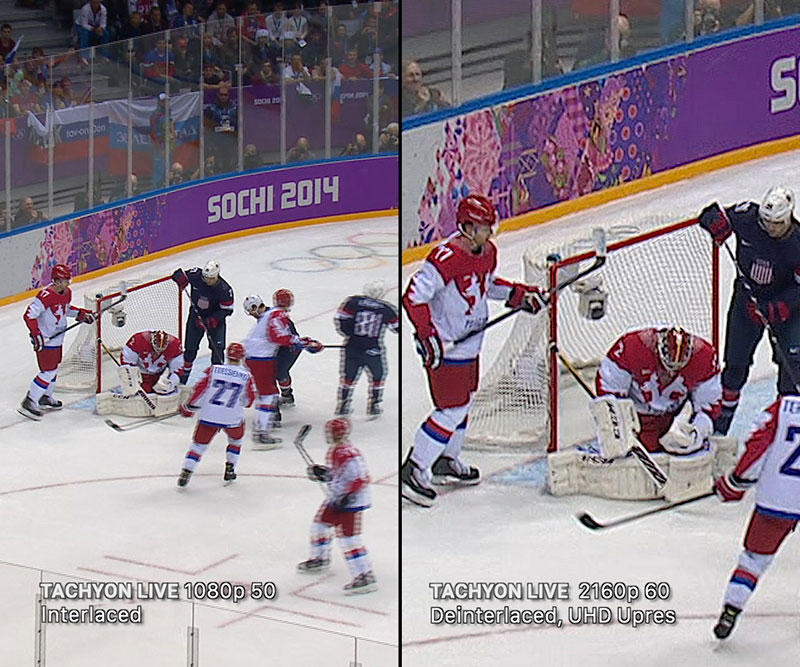
The Tachyon frame analysis, de-interlacing and motion compensation mechanism was made for video content that needs to be distributed in resolutions, scan types or frame rates that are different from those that the file was originally delivered in. Porting Tachyon over into a tool ready for live IP Streaming then needed a transcoding and transformation platform that could perform at extremely low latencies and was robust enough to handle converting to/from different IP Streaming protocols. Meeting those demands meant also building the IP-x, a Linux-based transcoding system able to keep up with the frame ingest/output demands of Tachyon.
“The sudden increase in live IP streams and diverse viewing devices demands a flexible, uncompromising approach to standards and protocol conversion,” said Lance Maurer, CEO of Cinnafilm. “IPx LIVE and Tachyon LIVE give broadcasters the real-time quality and scalability they need to deliver error-free experiences in demanding live environments.”
Key OEM partner swXtch.io has already integrated Tachyon LIVE as an option into its cloudSwXtch virtual networking platform, which combines media transformation with enterprise-grade cloud networking. Its users can invoke Tachyon LIVE on demand.
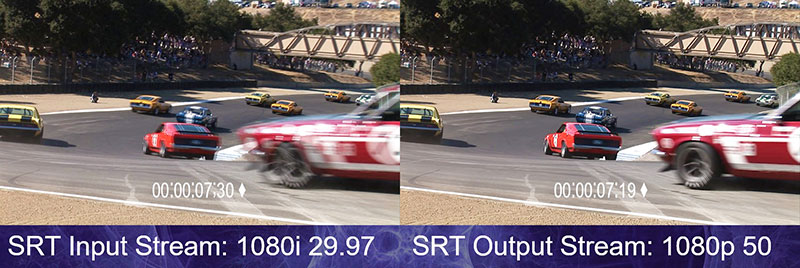
“Adding Tachyon LIVE gives our customers very high quality conversions while fully embracing on-demand cloud infrastructure,” said Brent Yates, CEO of swXtch.io. “It’s a significant differentiator for live sports and event production.”
As well as cloudSwXtch, IPx LIVE and Tachyon LIVE are also available immediately via the AWS Marketplace, Cinnafilm’s global partner network and as appliances from Evertz. www.cinnafilm.com





